China's Rejuvenation: The Long, Hard Road To Freedom And Modernisation
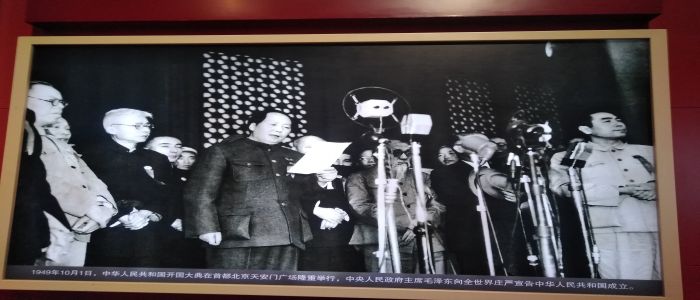
Exhibits in the National Museum revisit the country’s struggles with feudalism, underdevelopment and foreign occupation.
The National Museum of China, located in the capital, Beijing, behind the famous Tiananmen Square, holds various exhibitions, including “The Road To Rejuvenation.” The permanent exposition revisits China’s struggles with internal strife, underdevelopment, foreign aggression and modernisation from the British-led Opium Wars in 1840 till date. Artefacts, official correspondence, books, newspaper excerpts, tools, weapons, pictures and symbols of civilisation and authority, tell the story of ancient and modern China.
The exposition, spread out on two floors of the imposing building, includes collections on foreign aggression, internal uprisings and civil wars, the creation of the Communist Party of China and the People’s Republic of China, reforms and opening up to the world; and the resultant gains. On display are ancient Chinese inventions like printing presses, gun powder producing machines, weapons and funeral objects of the pioneer Chinese Emperor, Qin Shi Huang. Other museum items are an ancient seismograph, hosiery knitting machine imported from England during the Industrial Revolution, a telescope used by Captain Cheng Biquang of the Guangdong Fleet and pictures of the first foreign language school in Beijing.
The long, hard struggle of the Chinese culminated in the proclamation of the People’s Republic of China on October 1, 1949 by Chairman Mao Tse-tung after a bloody civil war against Kuomintang forces. In 1978, new Leade...
Cet article complet est réservé aux abonnés
Déjà abonné ? Identifiez-vous >
Accédez en illimité à Cameroon Tribune Digital à partir de 26250 FCFA
Je M'abonne1 minute suffit pour vous abonner à Cameroon Tribune Digital !
- Votre numéro spécial cameroon-tribune en version numérique
- Des encarts
- Des appels d'offres exclusives
- D'avant-première (accès 24h avant la publication)
- Des éditions consultables sur tous supports (smartphone, tablettes, PC)








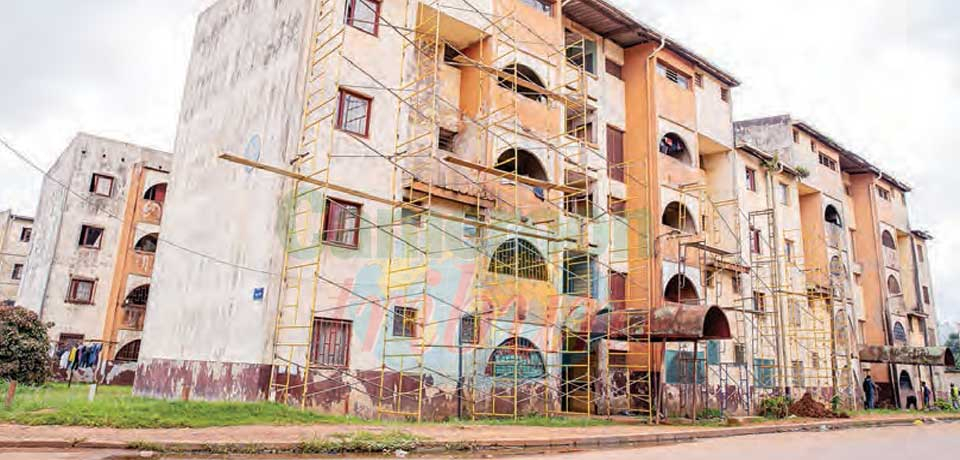
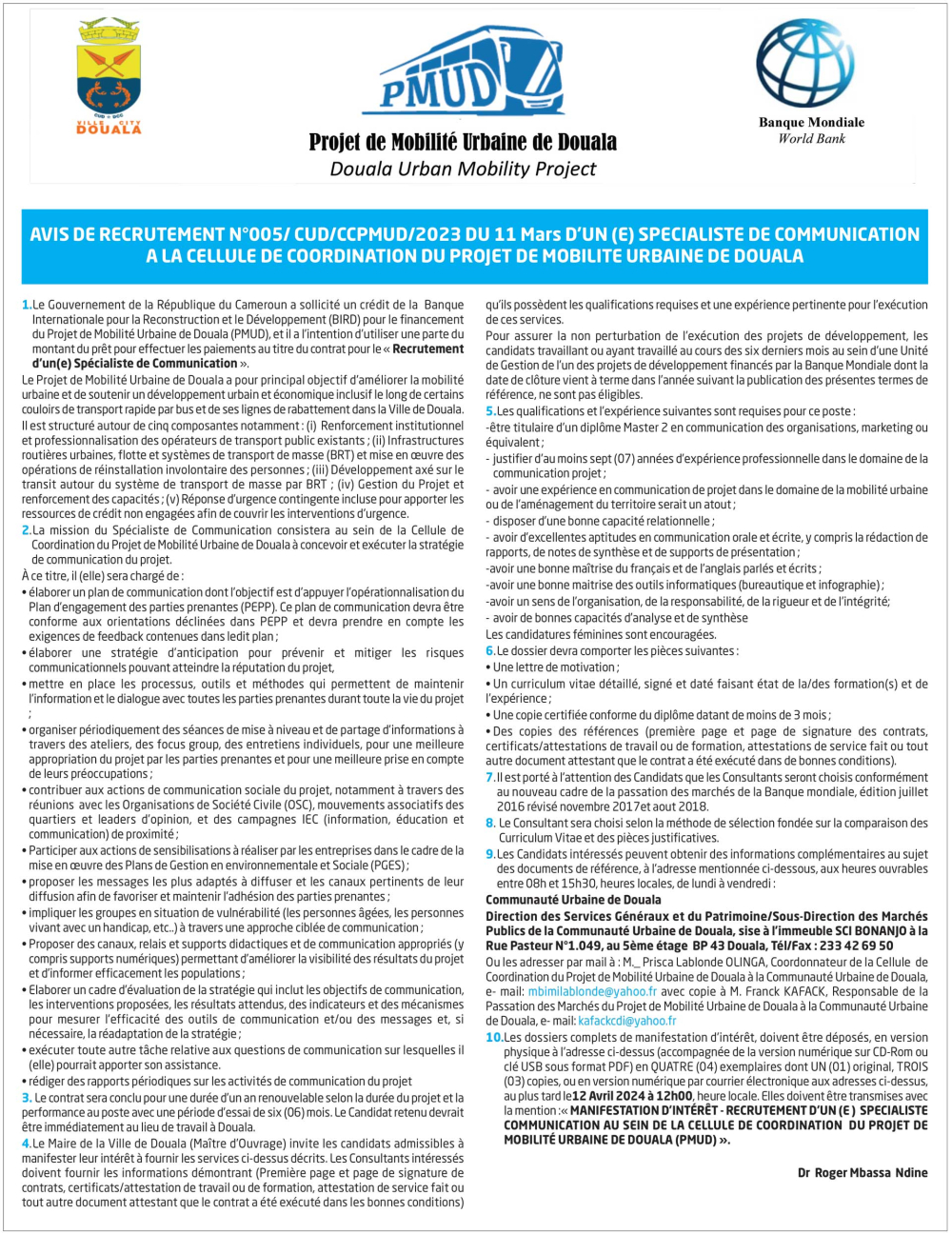
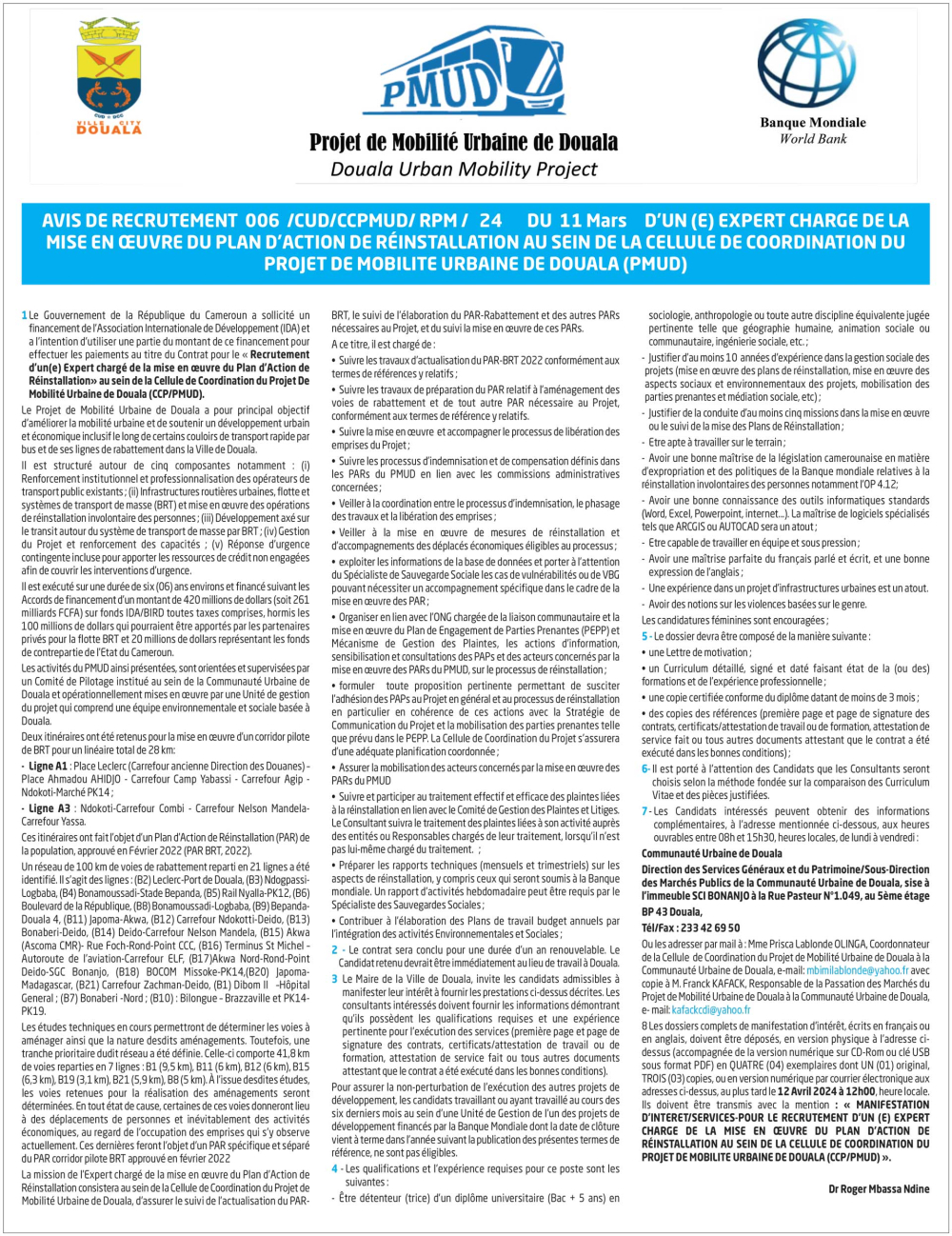
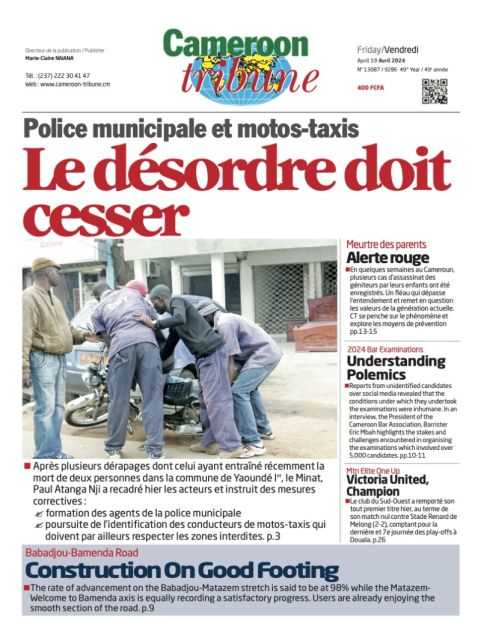




Commentaires